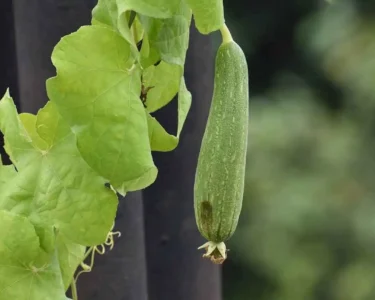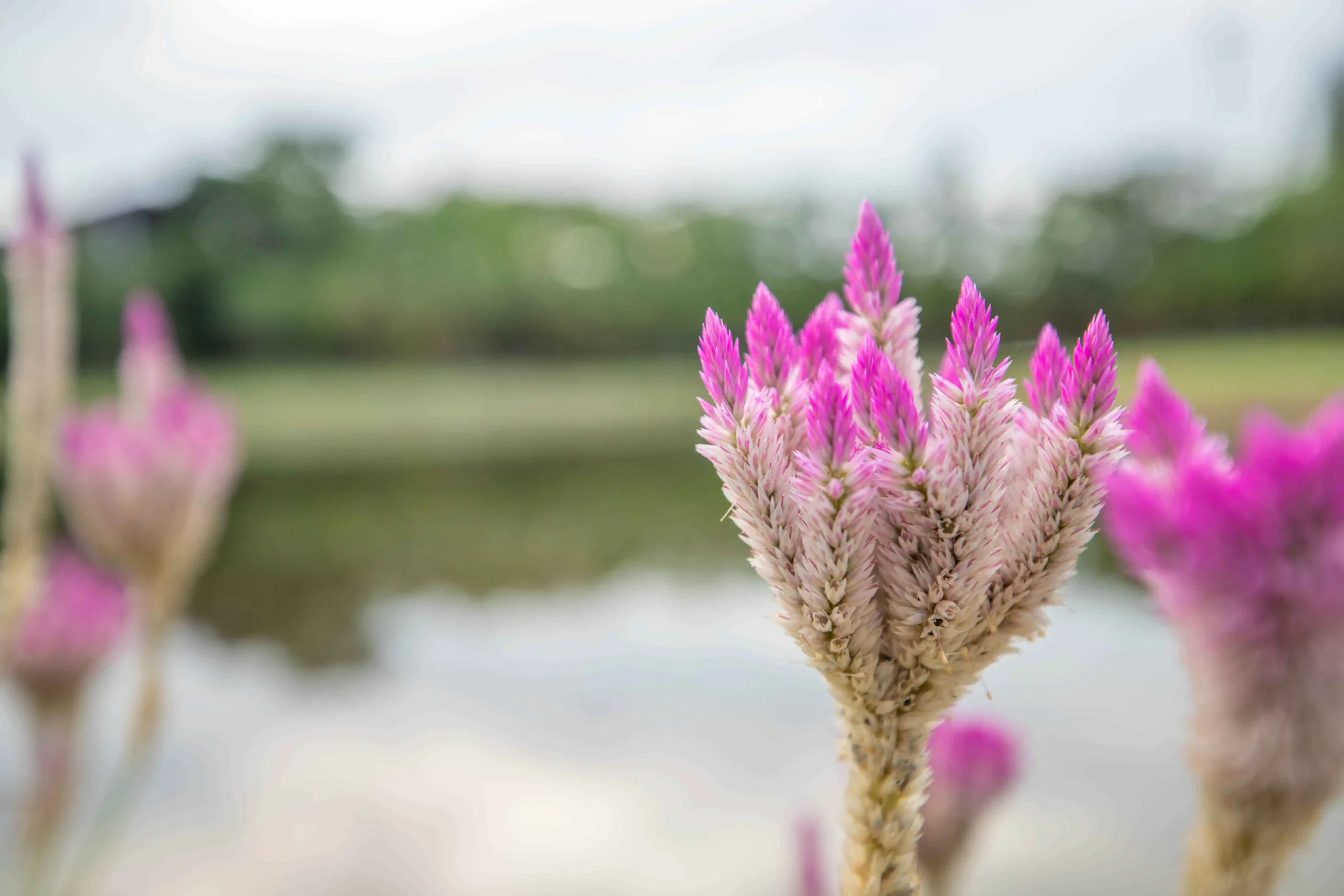To establish an attractive, green lawn is a matter of sowing the correct grass seed, and giving adequate attention to it. The most important aspect to nurture the grass seed is watering. Although it might seem simple but this crucial action requires careful attention to ensure the best sprouting and growth of new seedlings. Let’s look at how much water a new seed needs!
Understanding the watering requirements of new grass seed:
Water is an essential component of the germination process for grass seeds. Since seeds absorb water during germination their embryonic plants develop. A lack of or too much water could cause issues such as mold, seed rot development and a shallow root and insufficient amounts could hinder germination altogether, leading seedlings fade and die prematurely.
Factors Affecting Watering Requirements of New Grass Seed:
Numerous factors influence the need for watering of grass seed that is newly planted.
Soil Type:
The composition of the soil influences retention of water; sandy soils drain fast and need frequent watering, whereas clay-rich soils retain the moisture for longer.
Weather Conditions:
Temperature, humidity and the patterns of rain all contribute to the speed at which soil absorbs water and evaporates.
The different grasses require different amounts of water. Cool-season species like Kentucky bluegrass, fescue and fescue could require more water than warmer-season counterparts, such as Bermuda grass.
Growth Stage:
The water required by grass seeds can change as they go from germinating to establishment and eventually maturation.
Follow these watering guidelines for New grass seed to ensure the success of establishment and germination The following guidelines are recommended:
Initial Watering:
Watering Following Sowing Seeds After sowing seeds, immediately sprinkle water on the soil until the that the moisture levels have been increased by a minimum of one to two inches, allowing the seeds to get in contact with the ground and initiate the process of germination.
When you’ve sown seeds on a certain area you have just planted area two to three times a day, or as often as you need until the soil’s moisture remains uniform and does not become waterlogged. Do not let the soil completely dry out because this can hinder germination.
Depth:
To maximize grass seedling growth, you must water the soil’s top inch regularly until they are 2 inches in height. Then you can gradually reduce frequency while increasing the amount to promote deeper root growth.
Drink water at dawn or in the late afternoon to limit loss due to evaporation and decrease the risk of developing fungal illnesses.
Be aware:
Check the area you have just seeded for signs of stress, like seedlings becoming brown or wilting, and then alter your watering schedule in line with.
Rainfall Affix your frequency of watering in accordance with the rainfall pattern. If the rainfall is sufficient the frequency of irrigation could be needed – but make sure the soil is wet!
Gradual Transition:
When grass seedlings have matured then gradually transition to a watering plan that is suitable for established lawns.
Conclusion:
The watering of grass seeds is crucial to create an attractive and lush lawn. Understanding the causes of the need for water and following the best practices guidelines to ensure a an effective germination process and establishment. You must strike a balance between providing sufficient moisture and avoiding overwatering to ensure optimal lawn growth With care and attention you’ll soon have the lush grass!





